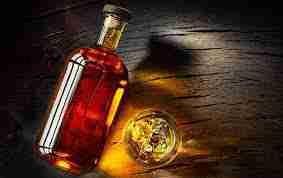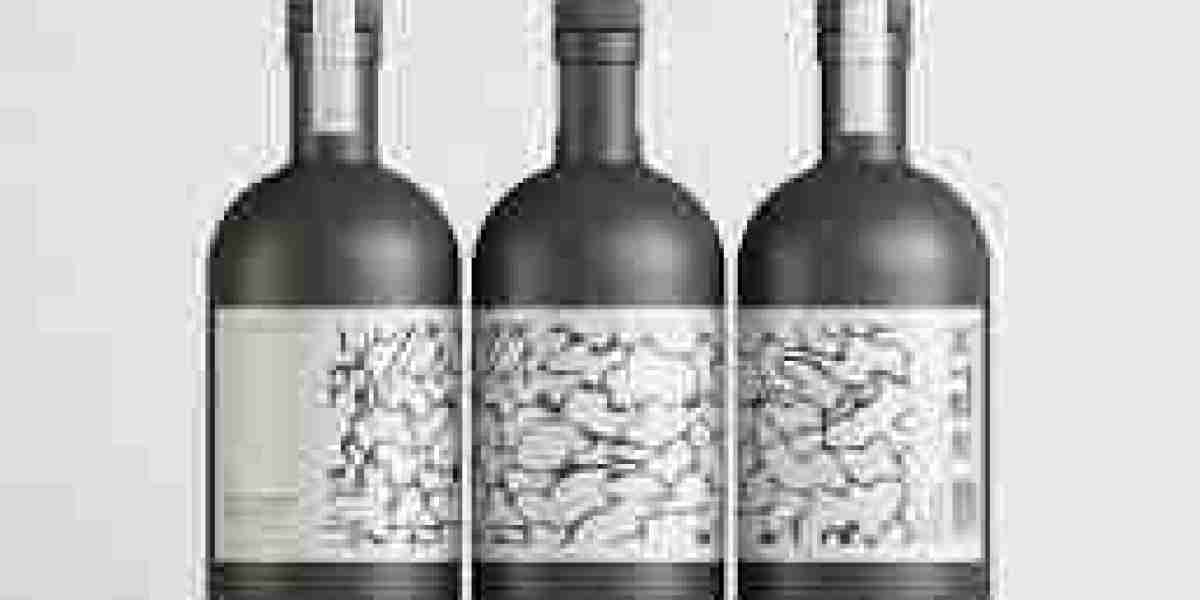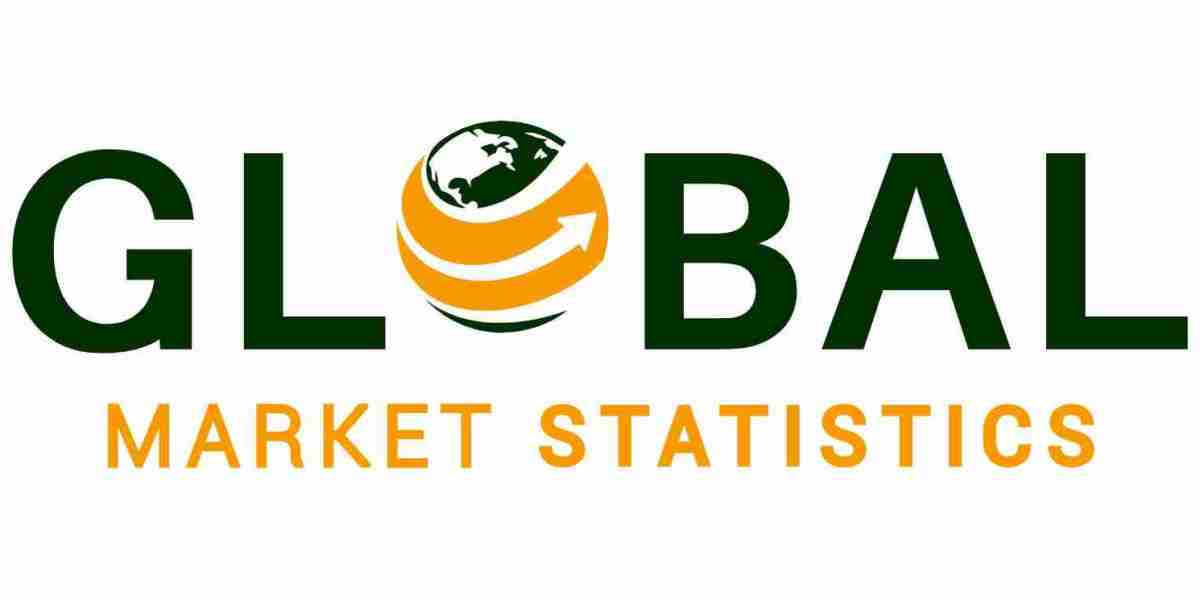The global alcohol packaging market has witnessed significant development in recent years, fueled by shifting consumer preferences, environmental concerns, and rapid technological advancements. Packaging in the alcoholic beverage industry has evolved from a simple protective solution to a powerful branding, sustainability, and marketing tool. As alcohol consumption patterns change and new beverage categories emerge, packaging manufacturers are developing innovative, eco-friendly, and functional solutions to meet market demands. This article provides a detailed overview of the ongoing development in the alcohol packaging market, highlighting the key trends, innovations, and growth opportunities shaping its future.

Evolution of the Alcohol Packaging Market
The development of the alcohol packaging market has been driven by several interconnected factors, including premiumization, convenience, sustainability, and changing consumer lifestyles. Traditionally, glass bottles dominated alcohol packaging due to their premium image and excellent product preservation properties. However, the market has diversified significantly with the rise of alternative materials such as aluminum, flexible plastics, biodegradable solutions, and paper-based formats.
The demand for unique packaging designs that enhance brand identity and appeal to modern consumers has accelerated development in material technology, lightweight solutions, and sustainable packaging innovations. This shift reflects the industry's growing recognition that packaging is an essential part of the overall product experience.
Key Areas of Market Development
1. Sustainability-Driven Packaging Solutions
One of the most notable developments in the alcohol packaging market is the industry's response to environmental concerns. With increasing consumer awareness and regulatory pressure, brands and manufacturers are prioritizing sustainable packaging solutions to reduce their environmental footprint.
The development of recyclable, biodegradable, and renewable packaging materials has become a central focus. Key advancements include:
Glass bottles made with recycled content and improved lightweight designs to reduce carbon emissions.
Aluminum cans with higher recyclability and lower energy consumption during production.
Paper-based bottles and cartons as alternatives to plastic and glass.
Bio-based plastics and compostable materials for flexible packaging solutions.
Sustainability is no longer an option but a competitive necessity, driving continuous development in material innovation and production processes.
2. Premiumization and Aesthetic Innovation
As consumers increasingly seek premium alcoholic beverages, packaging development has focused on enhancing visual appeal and product differentiation. Packaging plays a critical role in conveying quality, craftsmanship, and brand heritage.
Recent developments include:
Embossed or frosted glass bottles for premium wines and spirits.
Specialty closures and decorative caps that enhance the premium image.
High-end labeling with intricate designs, metallic accents, and tactile finishes.
Limited-edition and collectible packaging tailored to seasonal promotions or special releases.
Packaging innovation in this segment aligns with the global premiumization trend, providing brands with opportunities to elevate their market presence and attract discerning consumers.
3. Convenient and Portable Packaging Formats
The alcohol packaging market has also seen significant development in formats that cater to convenience, mobility, and on-the-go consumption. The rise of ready-to-drink (RTD) beverages, hard seltzers, and flavored alcoholic drinks has accelerated the demand for portable, lightweight, and resealable packaging solutions.
Recent developments in this area include:
Aluminum cans in varied sizes for single-serve and multipack options.
Flexible pouches designed for easy transport and outdoor consumption.
Miniature glass bottles and travel-friendly packaging formats.
These innovations align with modern consumer lifestyles, providing convenient options without compromising quality or visual appeal.
Technological Advancements Shaping Market Development
The integration of advanced technology into packaging design and production processes represents another major area of development. Smart packaging solutions equipped with interactive features, enhanced security, and digital connectivity are transforming how brands engage with consumers.
Key technological developments include:
QR codes and NFC tags that provide product information, authenticity verification, and interactive experiences.
Tamper-evident closures to enhance product security.
Augmented reality (AR) packaging that offers immersive storytelling and brand engagement.
Improved barrier coatings and protective materials to extend shelf life and product integrity.
Technology-driven packaging not only enhances functionality but also offers brands new marketing opportunities, especially in competitive and premium beverage segments.
Regional Development Trends
The development of the alcohol packaging market varies by region:
Asia-Pacific: Rapid urbanization, growing middle-class populations, and rising alcohol consumption are driving demand for innovative and affordable packaging solutions tailored to local preferences.
North America: Strong demand for sustainable, premium, and smart packaging, with e-commerce growth accelerating the need for protective, durable, and visually appealing designs.
Europe: Strict environmental regulations are fostering rapid development in eco-friendly packaging materials, with high emphasis on sustainability and premium product presentation.
Latin America & Middle East/Africa: Emerging markets with growing alcohol consumption present opportunities for functional, cost-effective, and visually appealing packaging solutions.
Conclusion
The alcohol packaging market is experiencing continuous development, driven by sustainability imperatives, technological innovation, premiumization, and evolving consumer demands. As competition intensifies, brands and manufacturers are investing in packaging solutions that balance functionality, aesthetics, and environmental responsibility.
With rapid advancements in materials, design, and smart technologies, the market is poised for significant transformation. Companies that embrace innovation, prioritize sustainability, and adapt to regional market dynamics will be well-positioned to capitalize on the growth opportunities emerging in the global alcohol packaging market.




